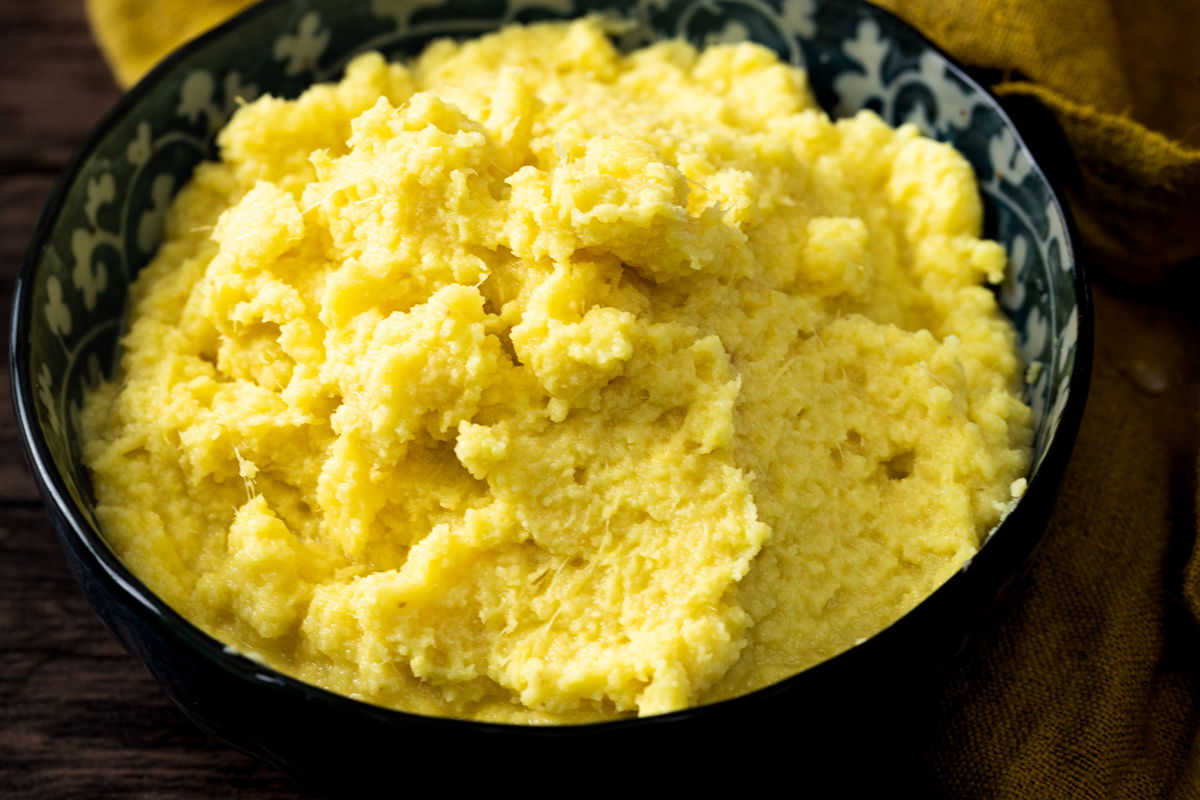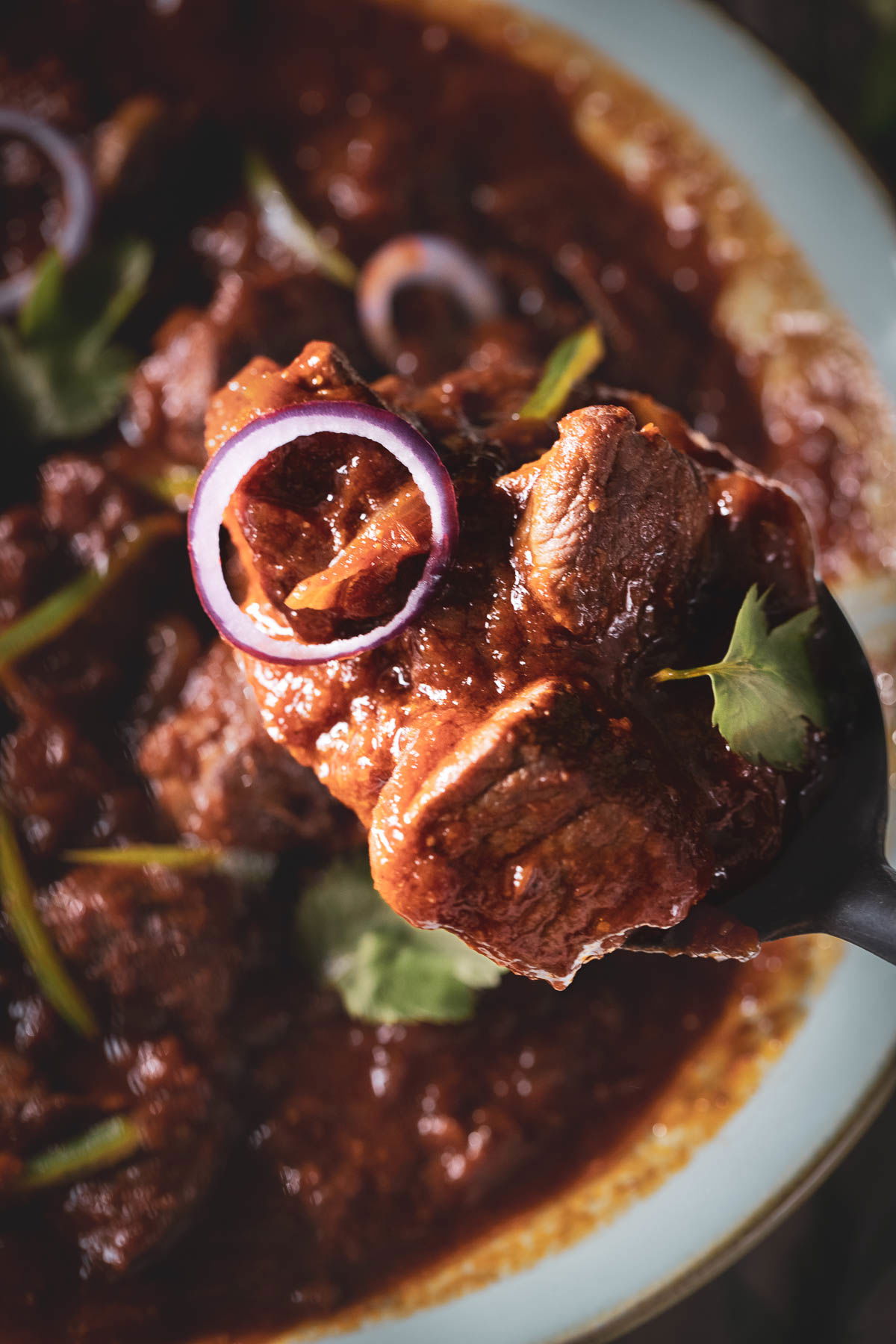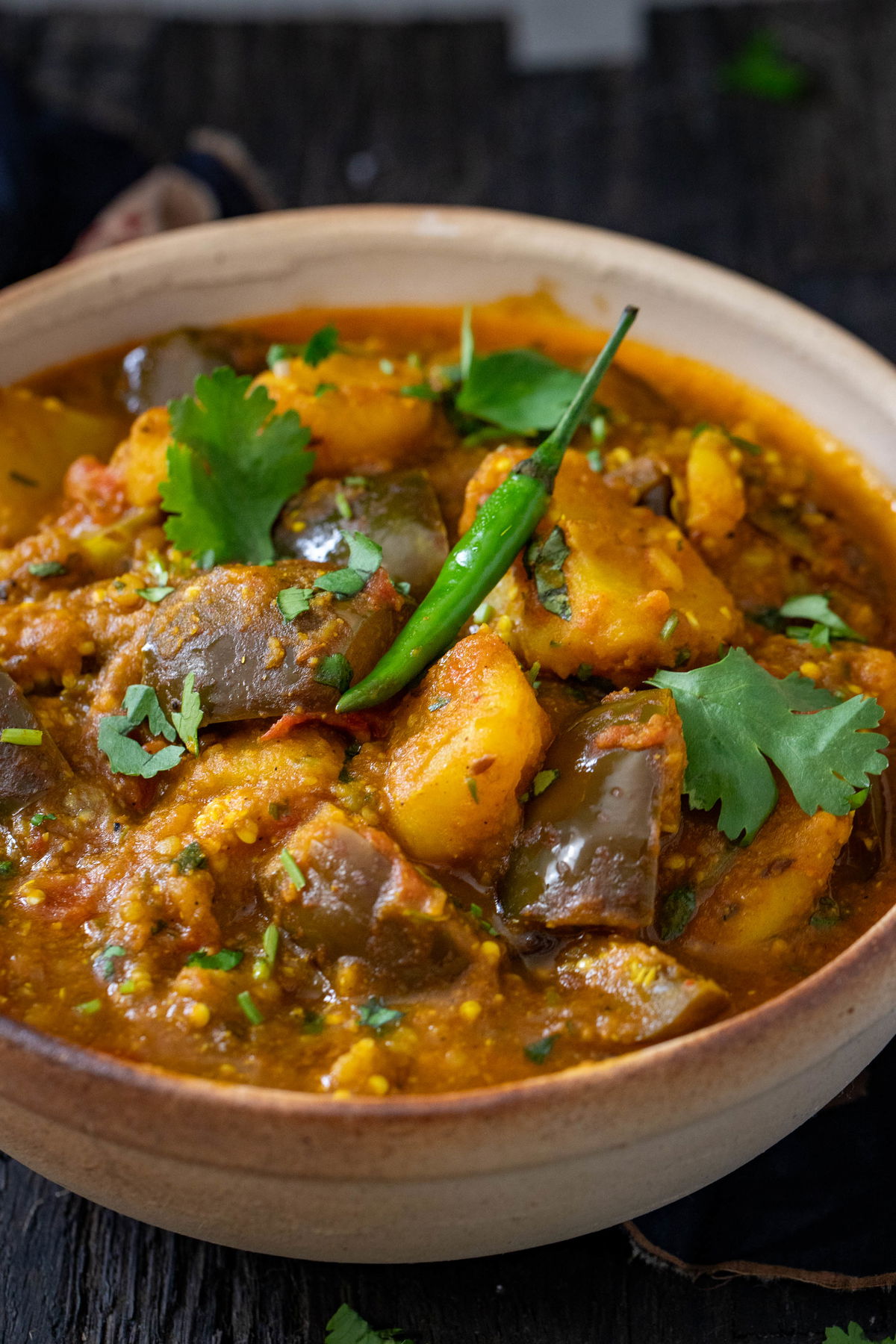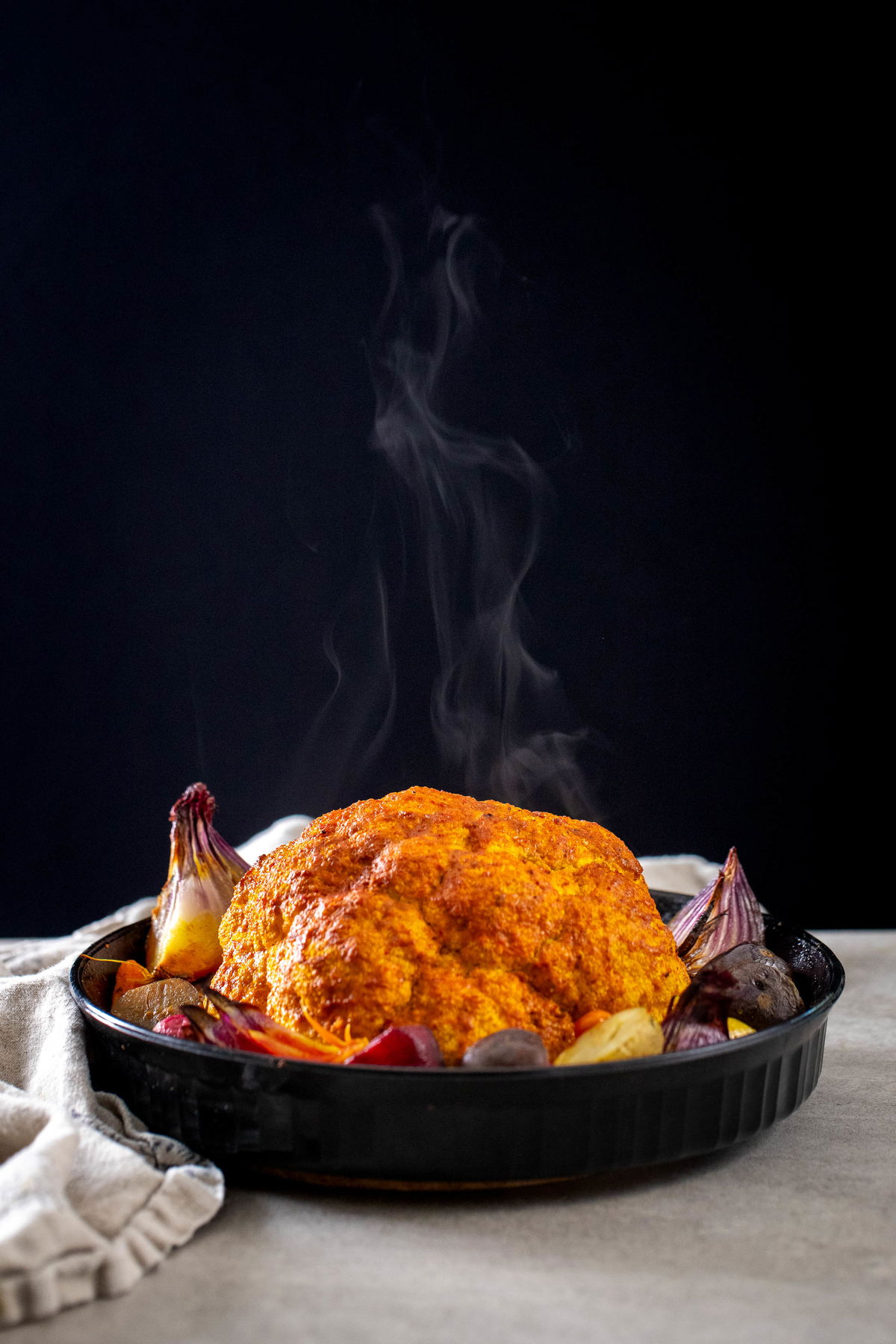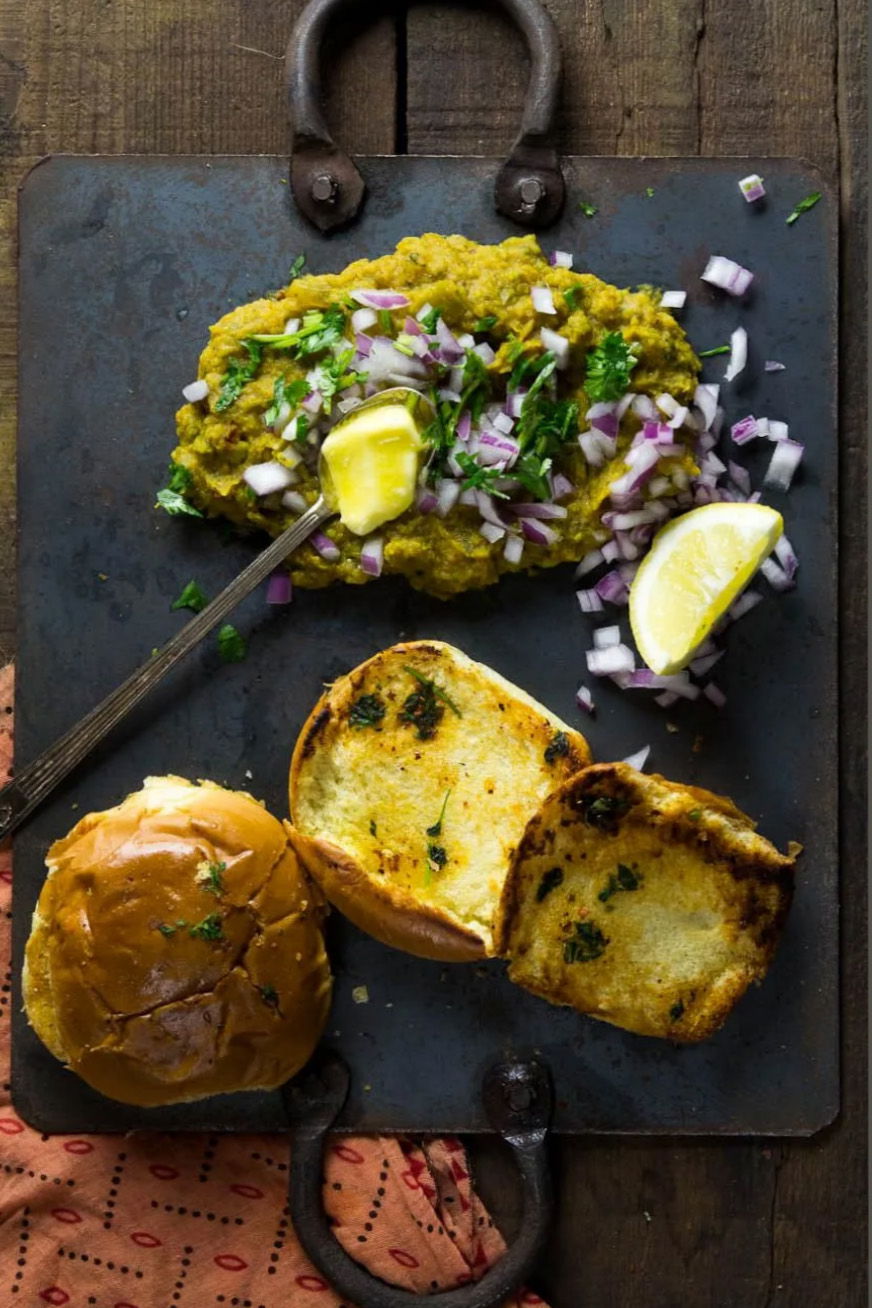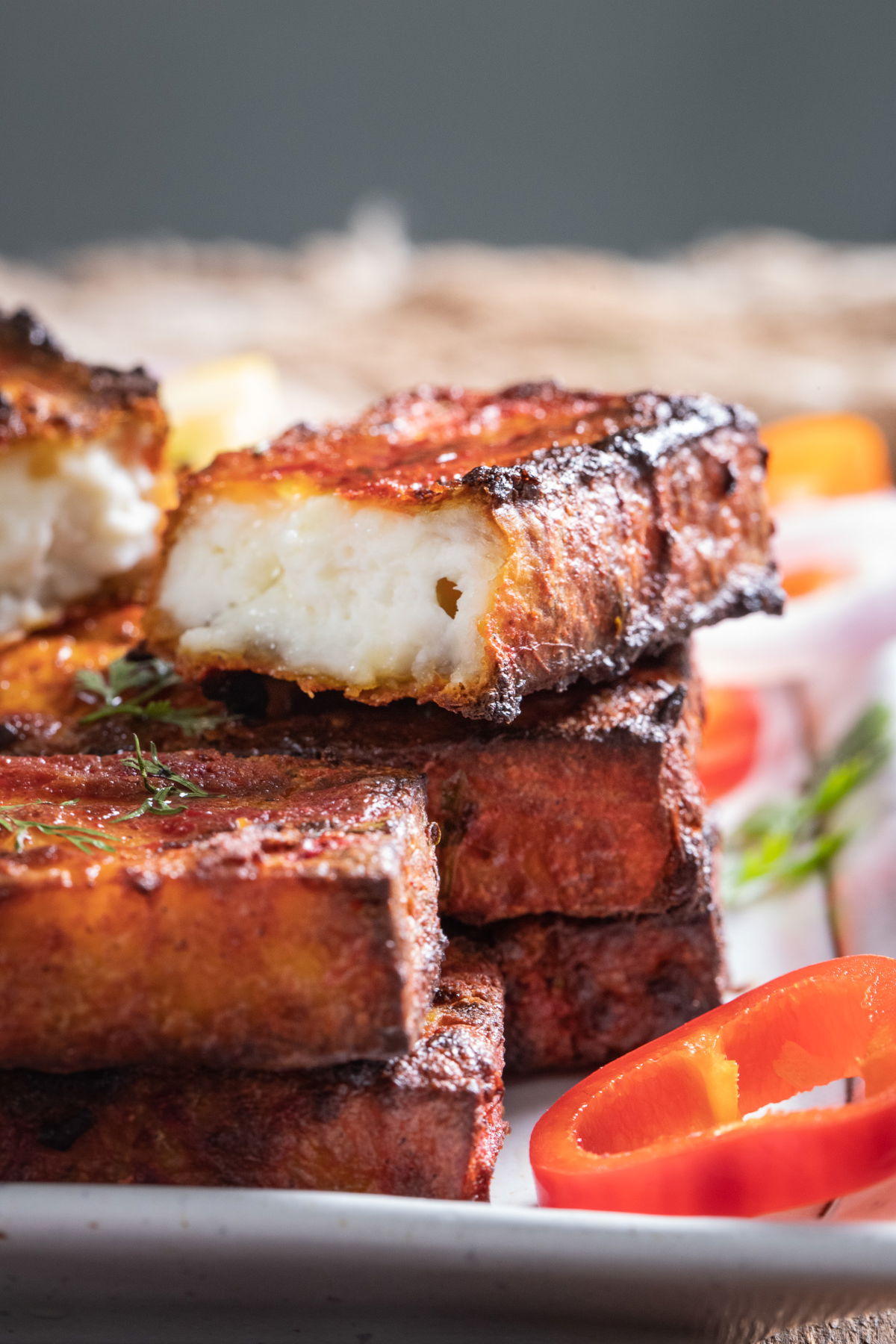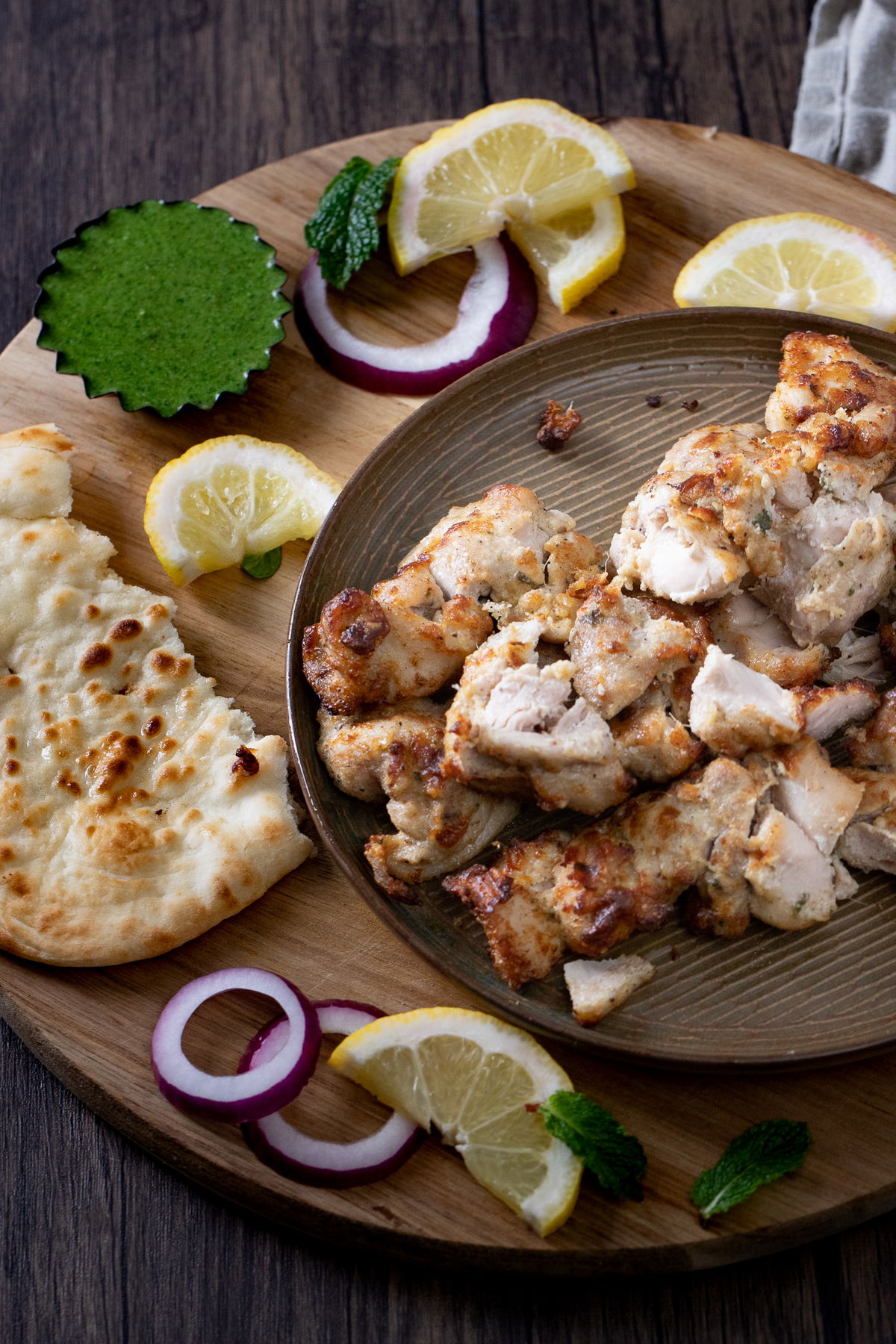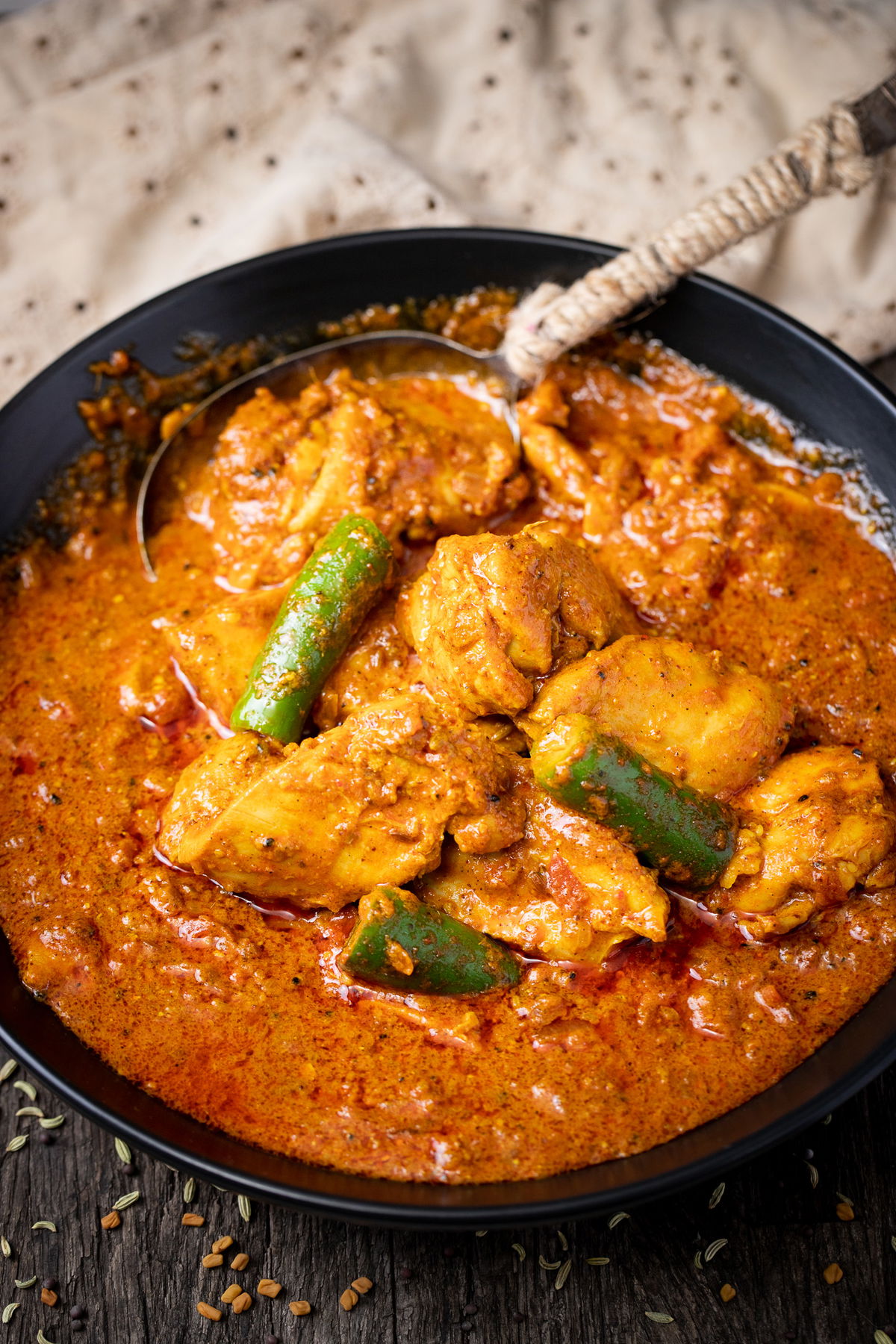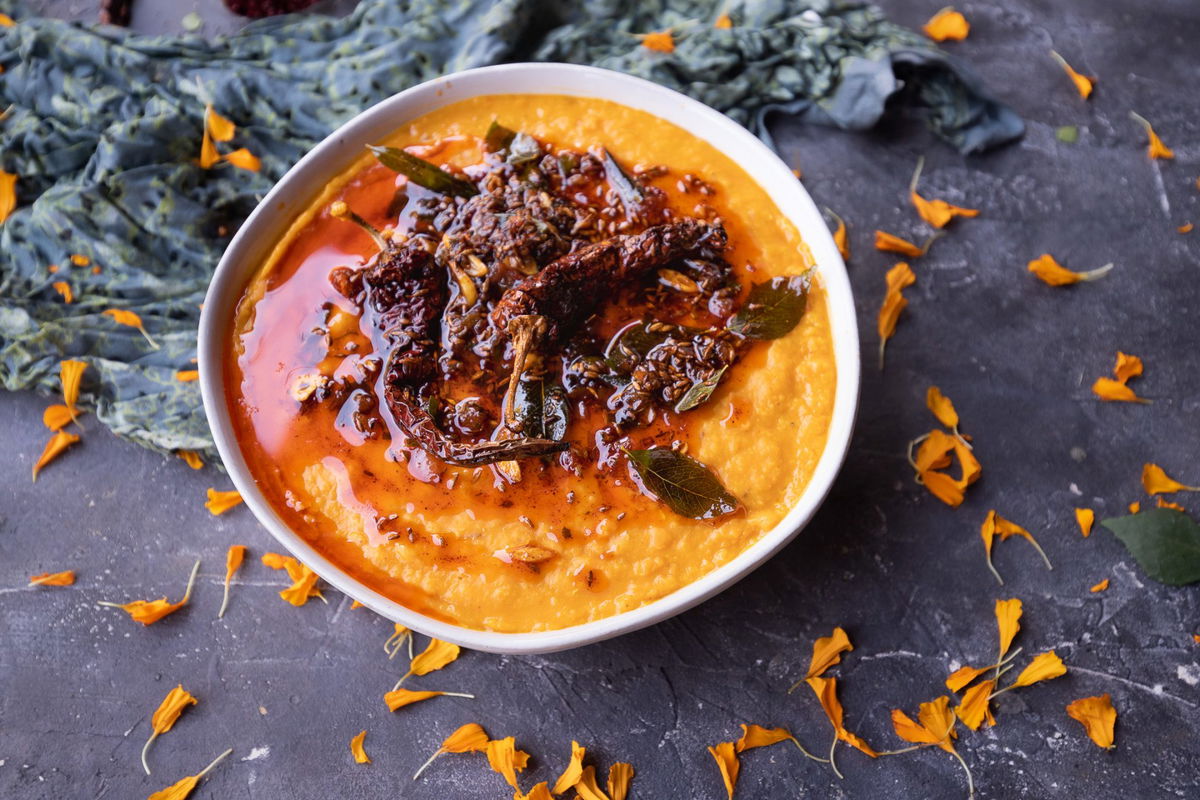Making ginger-garlic paste is foundational in Indian cooking. The combination of fresh ginger and garlic is used so often that this paste can be a time and cost saver, simply by making a large batch and keeping it in the freezer to use as needed. Ginger garlic paste is called “adu lasan” in Gujarati and “adrak lasun” in Hindi.
Why Make this Paste
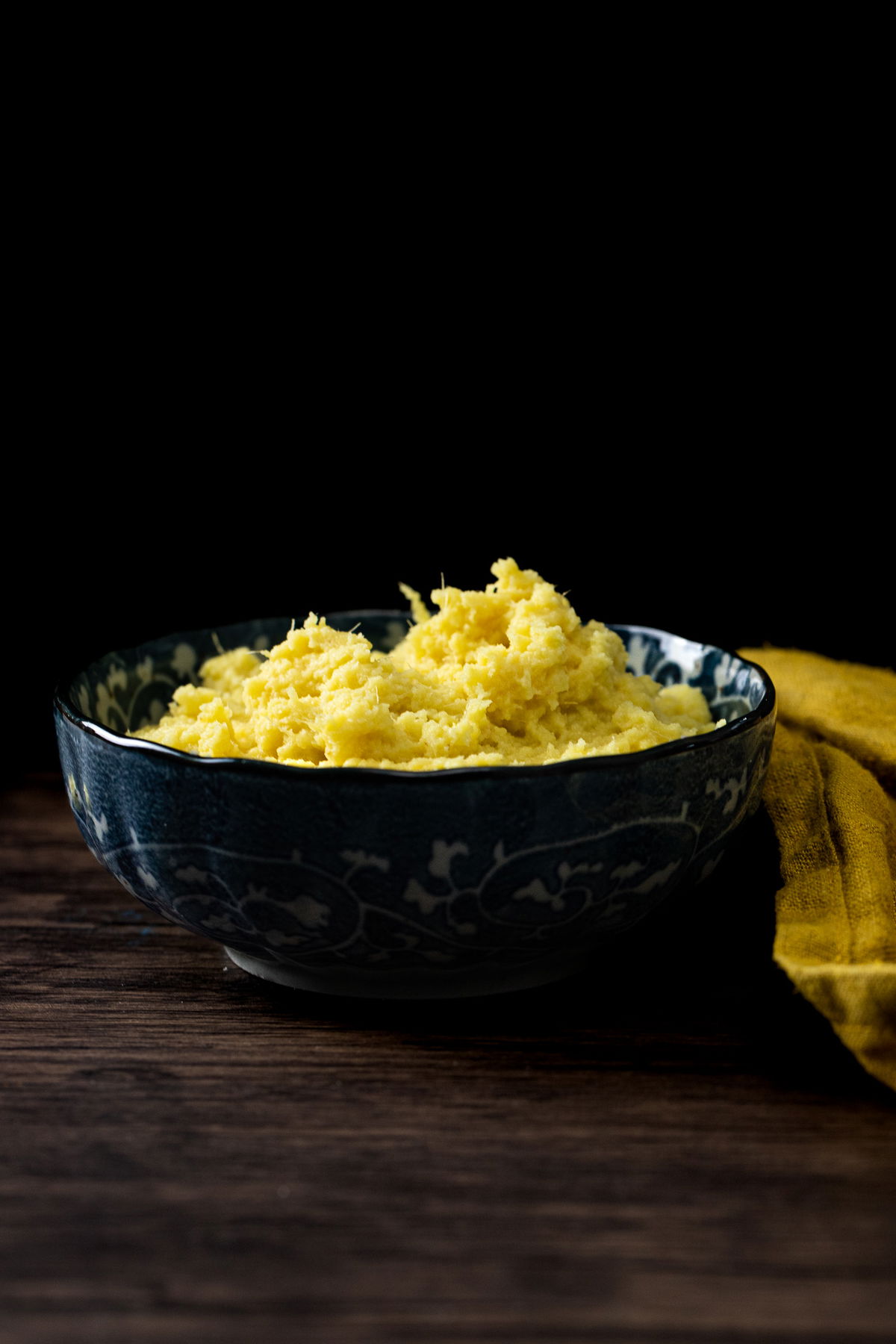
Having ginger-garlic paste available will help you by:
- Saving time – streamline Indian cooking to make it more efficient
- Saving money – Preserve ginger and garlic, so you can buy them when they are cheap or buy them in bulk and make your paste for the year. Just keep it in your freezer.
- Save garlic and ginger – because you will use all that you have to make the paste and preserve the paste in your freezer, your ginger and garlic will not dry up or rot on your counter.
- Foundational skill in Indian cooking – if you haven’t made Ginger-Garlic paste before but want to learn Indian cooking, this is a must-have skill, like tempering your spices or making garam masala.
Ingredients
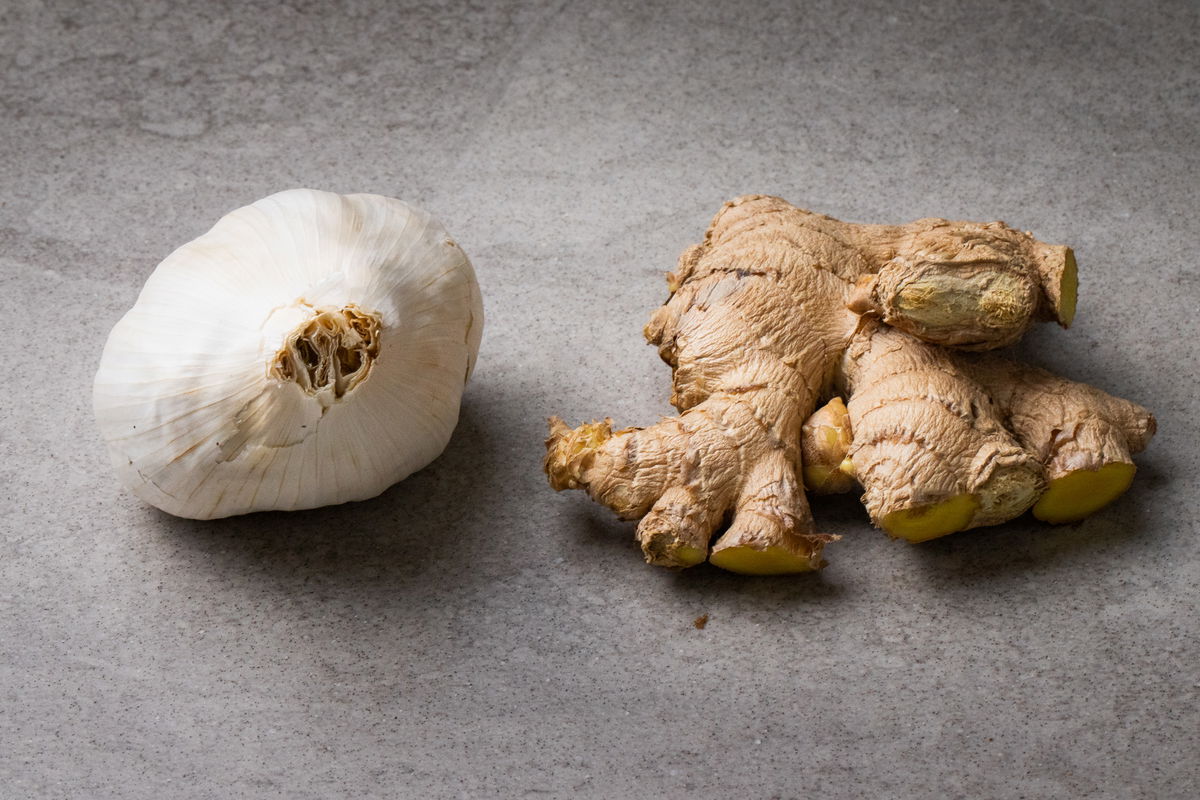
Ginger – is found in many Indian recipes and is commonly eaten all across India. The ginger plant is native to India and related to turmeric and cardamom.
Garlic – is also found in many Indian recipes and eaten across India. It is most likely native to Western China, Kazakhstan, or Kyrgyzstan and has been a part of Indian cooking for at least 5000 years.
Water – water is necessary to get the blender going. Many people use oil instead, which would have been done as a preservation technique before refrigeration was common. I prefer the water, which helps preserve the fresh taste of the ginger-garlic paste..
Freezing and Refrigerating
You can keep this in a jar in your refrigerator, but I recommend freezing it. It will freeze for up to 6 months.
One of the best ways to freeze it is in a mini-ice cube tray with 1-teaspoon size cubes. If you do that, then you have already measured quantities ready to use at any time.
If you don’t want to buy a special ice cube tray for this, you can do something similar by freezing it in a small bag. Once frozen, you can use a knife to score the frozen paste into pieces. Then you break off a piece whenever you need to use it.
When you cook with the frozen ginger-garlic paste, you don’t have to worry about defrosting it. Typically you will throw it into a hot pan, and it will quickly melt as you begin to cook with it.
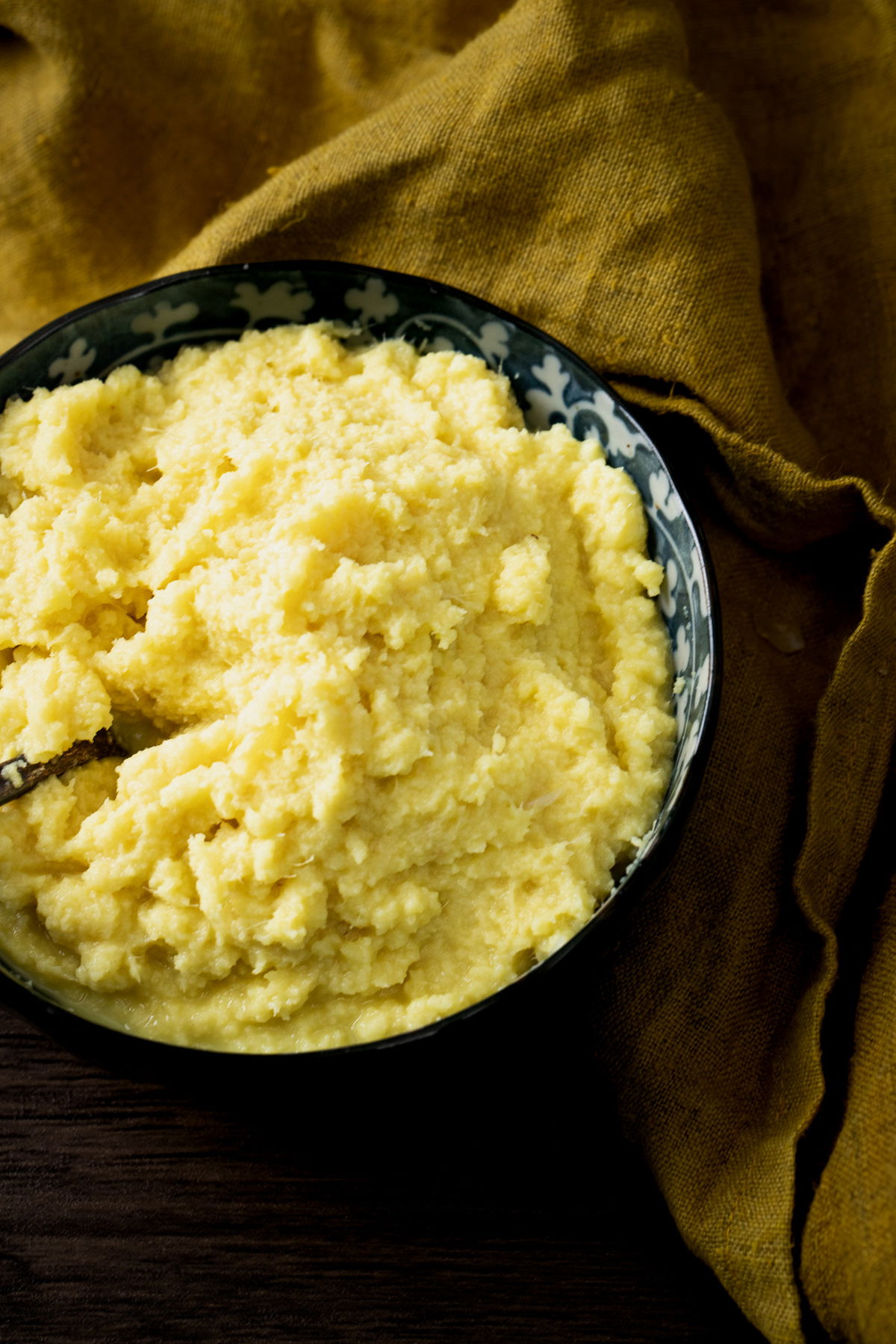
Recipe
Ginger-Garlic Paste
The combination of fresh ginger and garlic is used so often that this paste can be a time and cost saver, simply by making a large batch and keeping it in the freezer to use as needed.
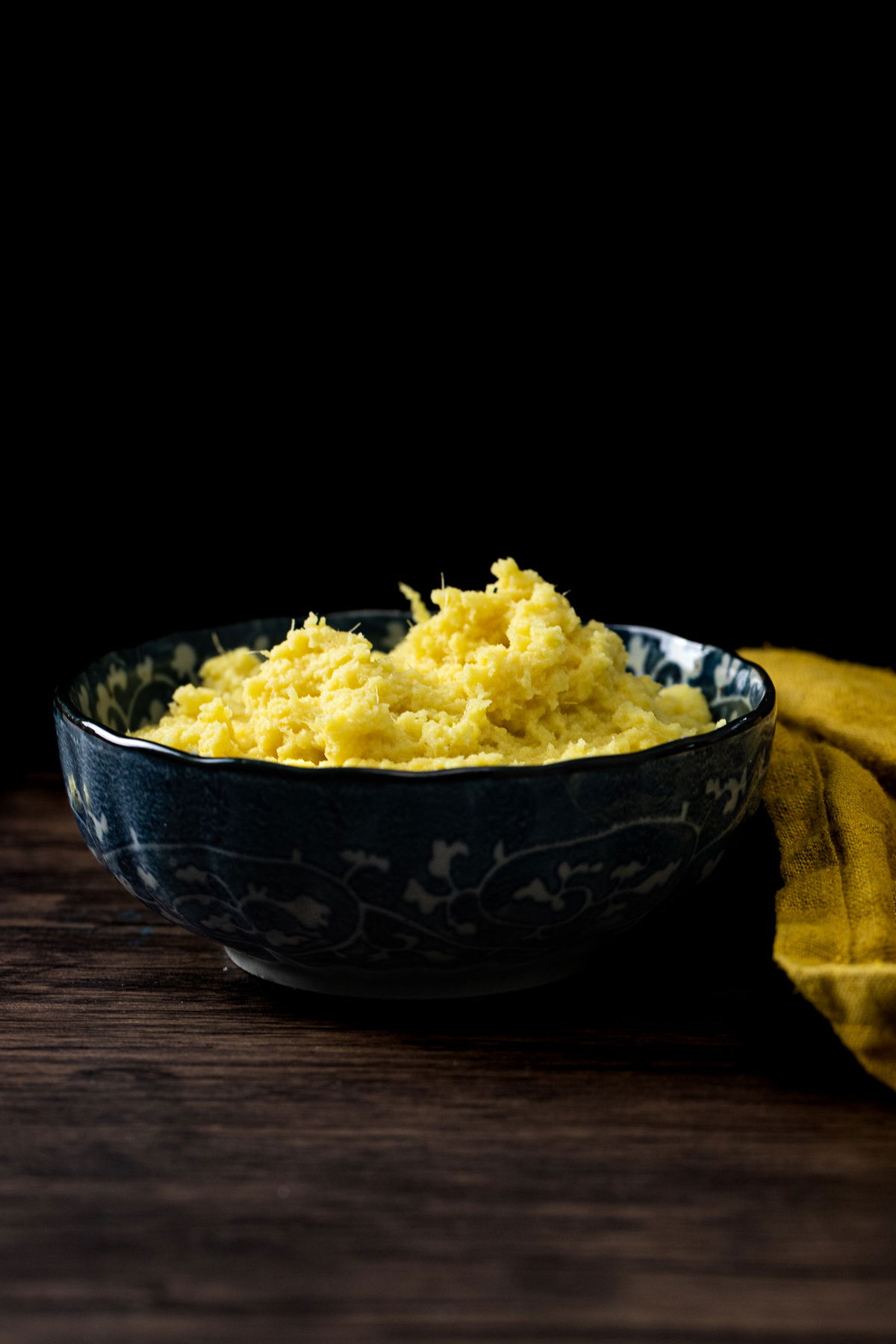
Ingredients
- 1/2 cup ginger (cut into pieces)
- 1/2 cup garlic cloves
- 1/4 cup water
Instructions
- Peel your garlic and ginger. Cut the ginger into pieces.
- Add ginger and garlic to a blender, food processor, or mortar and pestle. Add as little water as necessary to form a paste, up to 1/4 cup.
Notes:
Cut the pieces of ginger into pieces that are about the same size as your garlic cloves.
Video
Featuring Ginger-Garlic Paste
I typically list ginger and garlic separately on my recipes. When you see a recipe listing 1 teaspoon of ginger and 1 teaspoon of garlic you can simply replace that with 2 teaspoons of garlic ginger paste. For conversions, as a rule of thumb, 1/2 inch of ginger is equal in volume to 3 cloves of garlic, and makes about 2 teaspoons of garlic-ginger paste.
